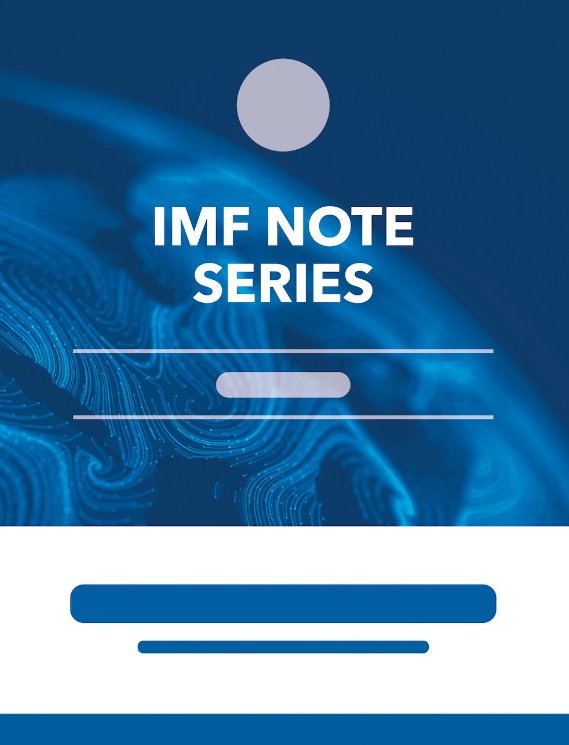Aid and Growth: What Does the Cross-Country Evidence Really Show?
June 1, 2005
Disclaimer: This Working Paper should not be reported as representing the views of the IMF.The views expressed in this Working Paper are those of the author(s) and do not necessarily represent those of the IMF or IMF policy. Working Papers describe research in progress by the author(s) and are published to elicit comments and to further debate
Summary
We examine the effects of aid on growth-- in cross-sectional and panel data--after correcting for the bias that aid typically goes to poorer countries, or to countries after poor performance. Even after this correction, we find little robust evidence of a positive (or negative) relationship between aid inflows into a country and its economic growth. We also find no evidence that aid works better in better policy or geographical environments, or that certain forms of aid work better than others. Our findings, which relate to the past, do not imply that aid cannot be beneficial in the future. But they do suggest that for aid to be effective in the future, the aid apparatus will have to be rethought. Our findings raise the question: what aspects of aid offset what ought to be the indisputable growth enhancing effects of resource transfers? Thus, our findings support efforts under way at national and international levels to understand and improve aid effectiveness.
Subject: Estimation techniques, Foreign aid, Government consumption, Income, Inflation
Keywords: aid-policy interaction term, coefficient estimate, GMM estimation method, least squares, WP
Pages:
48
Volume:
2005
DOI:
Issue:
127
Series:
Working Paper No. 2005/127
Stock No:
WPIEA2005127
ISBN:
9781451861464
ISSN:
1018-5941







